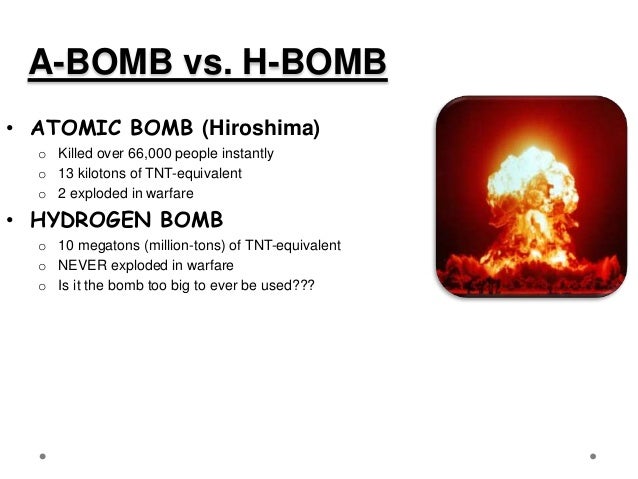

airfields selected for Operation Chrome Dome, a Cold War doomsday program that kept multiple B-52 bombers in the air throughout the Northern Hemisphere 24 hours a day, 365 days a year. Largely hidden behind woods, walls, and wetlands, the base has been an unobtrusive jobs-and-money community asset since World War II.ĭespite a notable increase in air traffic in late 1960, the good people of Goldsboro had no inkling that their local Air Force base had quietly become one of several U.S. If there were such a thing as a friendly neighborhood military base, it would be Seymour Johnson Air Force Base near sleepy Goldsboro, North Carolina.

Each contained more firepower than the combined destructive force of every explosion caused by humans from the beginning of time to the end of World War II. What the voice in the chopper knew, but Reeves didn’t, was that besides the wreckage of the ill-fated B-52, somewhere out there in the winter darkness lay what the military referred to as “broken arrows”-the remains of two 3.8-megaton thermonuclear atomic bombs. Above the whomp-whomp of the blades, an amplified voice kept repeating the same word: “Evacuate!”

Within an hour, in the early morning of January 24, a military helicopter was hovering overhead. Like any self-respecting teenager, Reeves began running straight toward the wreckage-until it exploded. “Everything around here was on fire,” says Reeves, now 78, standing with me in the middle of that same field, our backs to the modest house where he grew up. The 17-year-old ran out to the porch of his family’s farm house just in time to see a flaming B-52 bomber-one wing missing, fiery debris rocketing off in all directions-plunge from the sky and plow into a field barely a quarter-mile away. "I was just getting ready for bed," Reeves says, "and all of a sudden I’m thinking, 'What in the world…?'" But it got a lot hotter just before midnight, when the walls of his room began glowing red with a strange light streaming through his window. "The pictures show a more complete form of a possible hydrogen bomb, with a primary fission bomb and a secondary fusion stage connected together in an hourglass shape," said Lee Choon-geun, senior research fellow at the state-run Science and Technology Policy Institute in South Korea.Billy Reeves remembers that night in January 1961 as unseasonably warm, even for North Carolina. The first explosion creates temperatures of millions of degrees, providing enough energy to force the two light nuclei close enough to combine in a second stage known as fusion.Īccording to experts, North Korea's latest bomb showed a marked difference from previous ones, displaying a chambered device that suggests a two-stage hydrogen bomb.

That weapon is called a thermonuclear bomb.įor a thermonuclear bomb, the detonation process comprises several parts, beginning with the detonation of an atomic bomb. Years after the first atomic bomb was developed in New Mexico, the US developed a weapon that relied on the technology of the atomic bomb, but expanded the detonation process to create a stronger explosion.


 0 kommentar(er)
0 kommentar(er)
